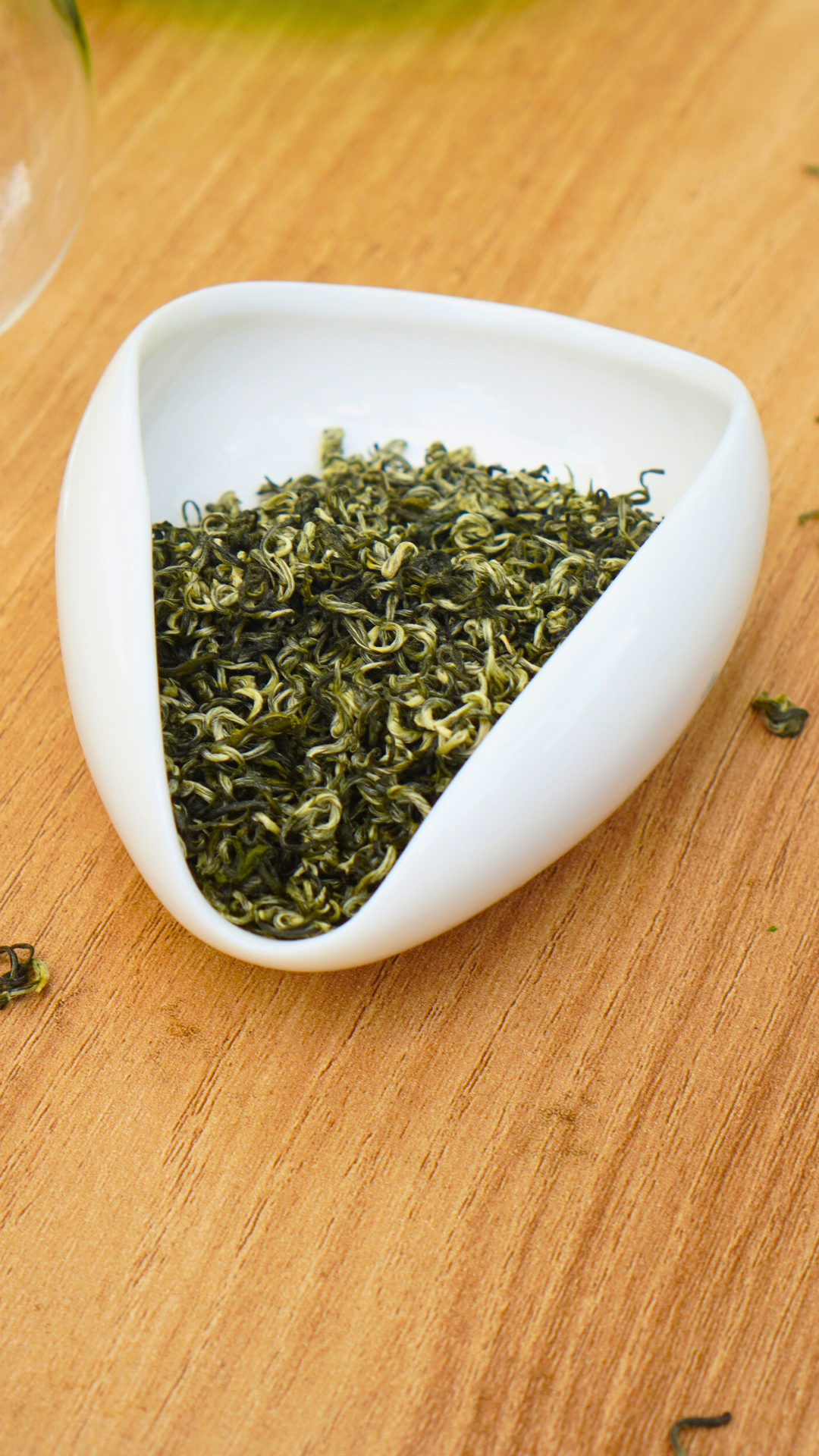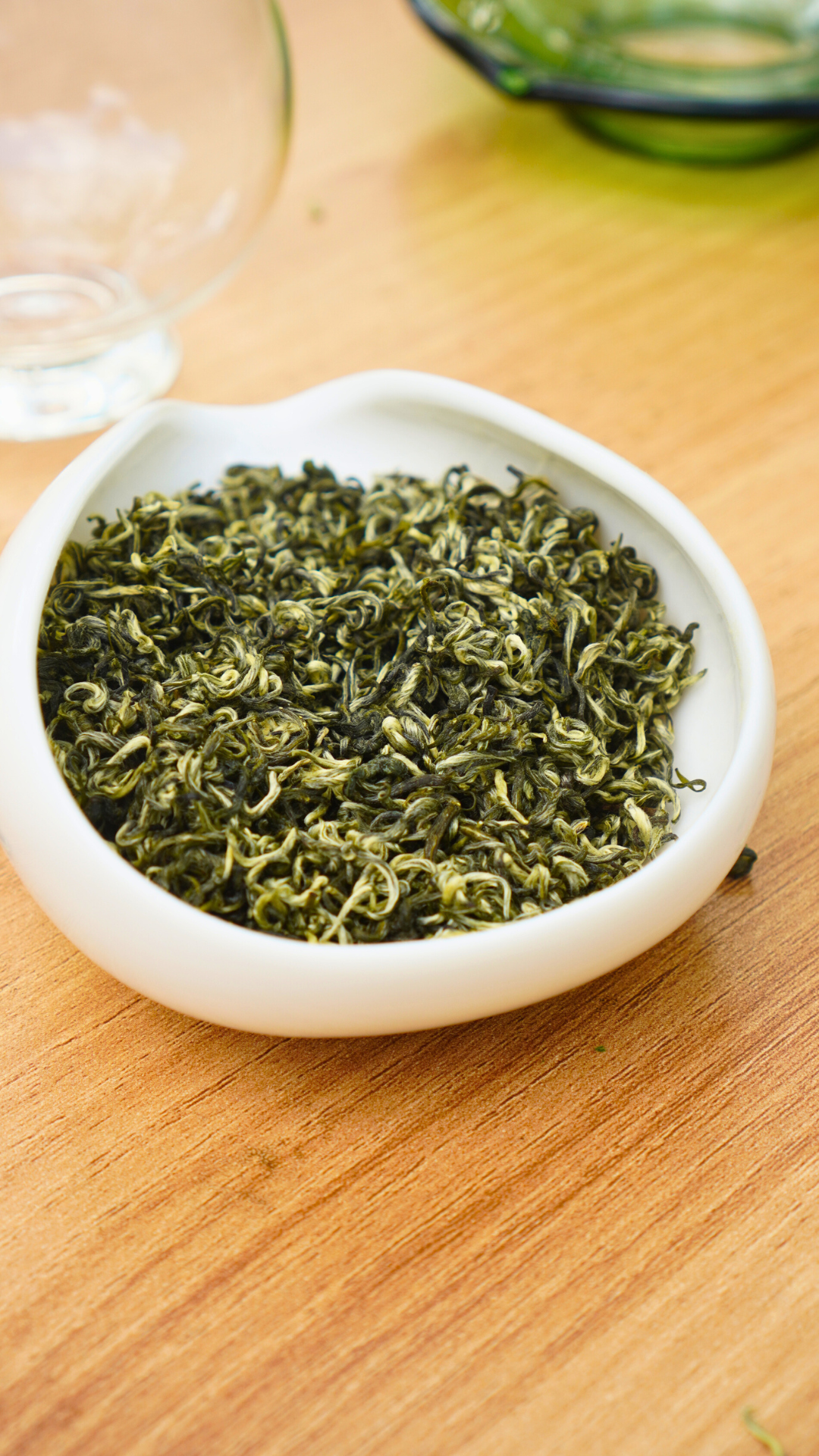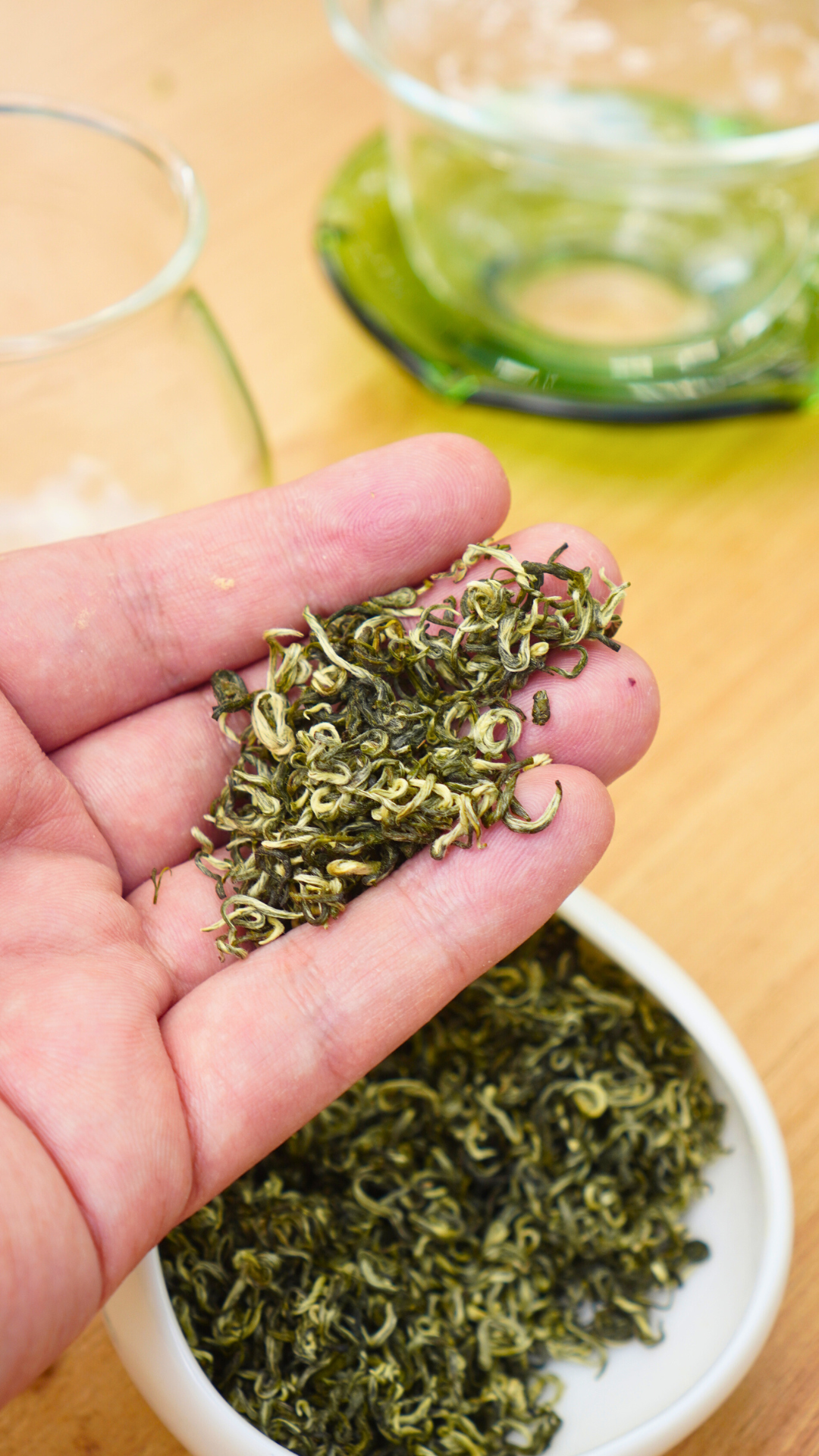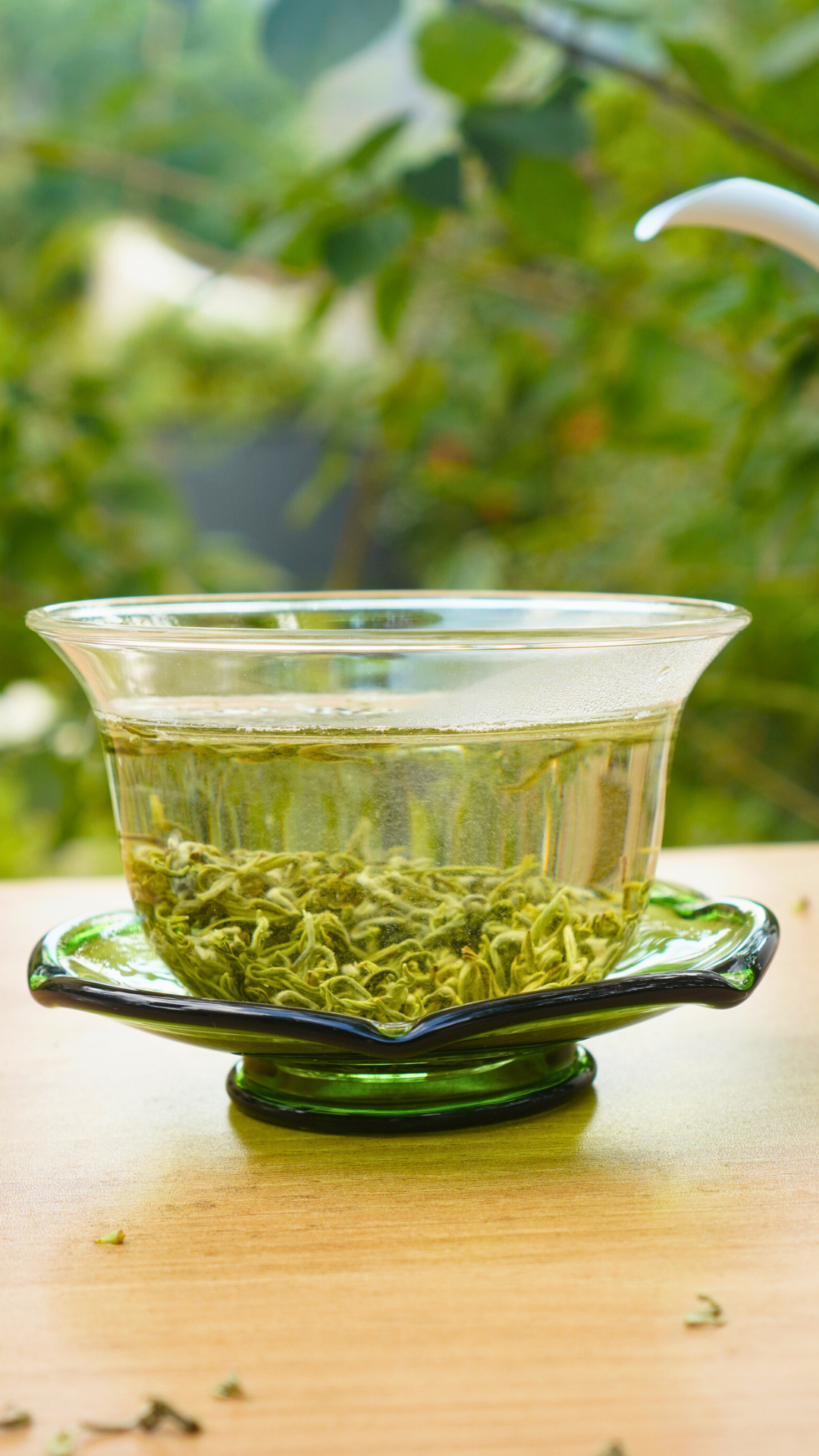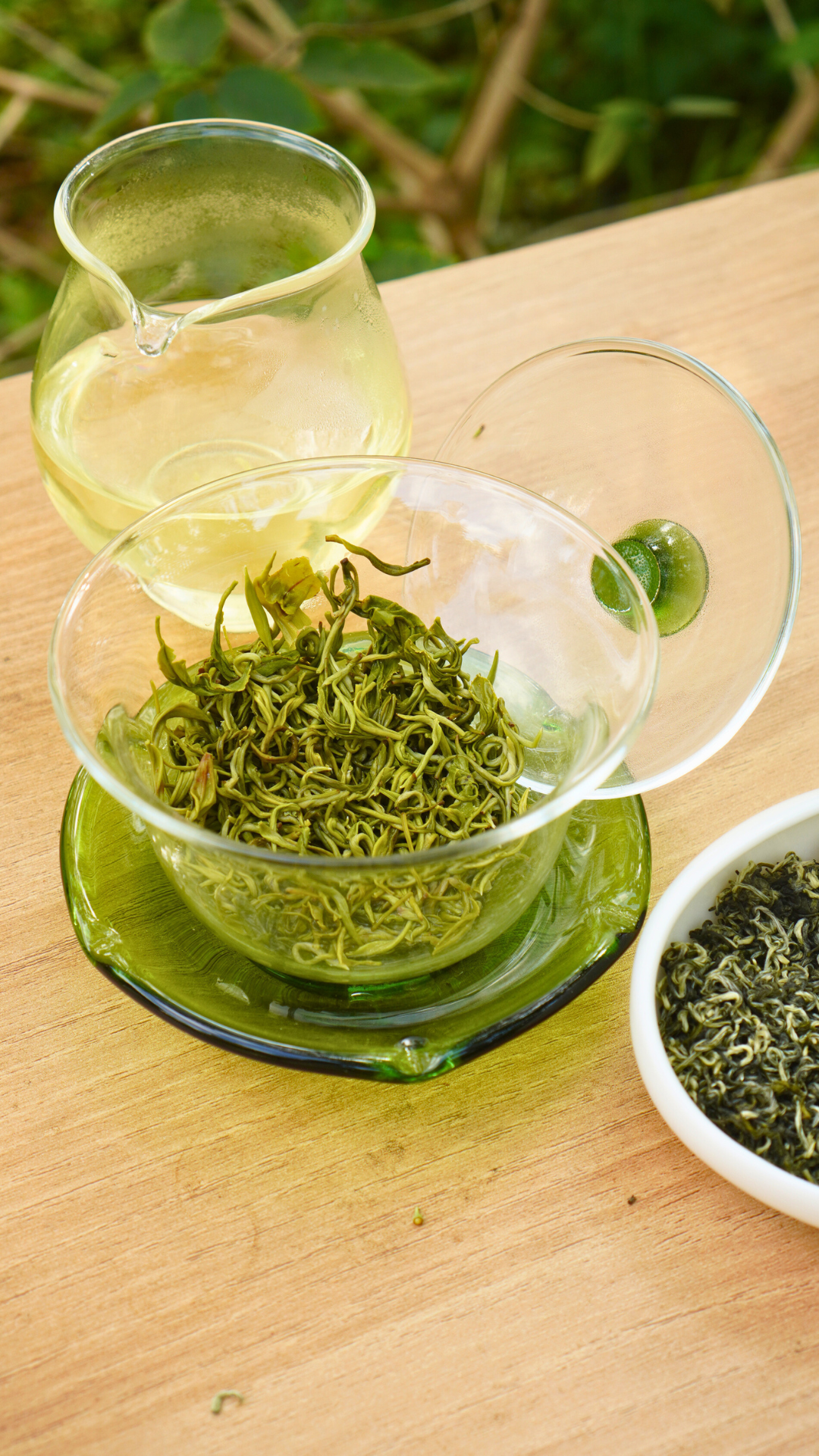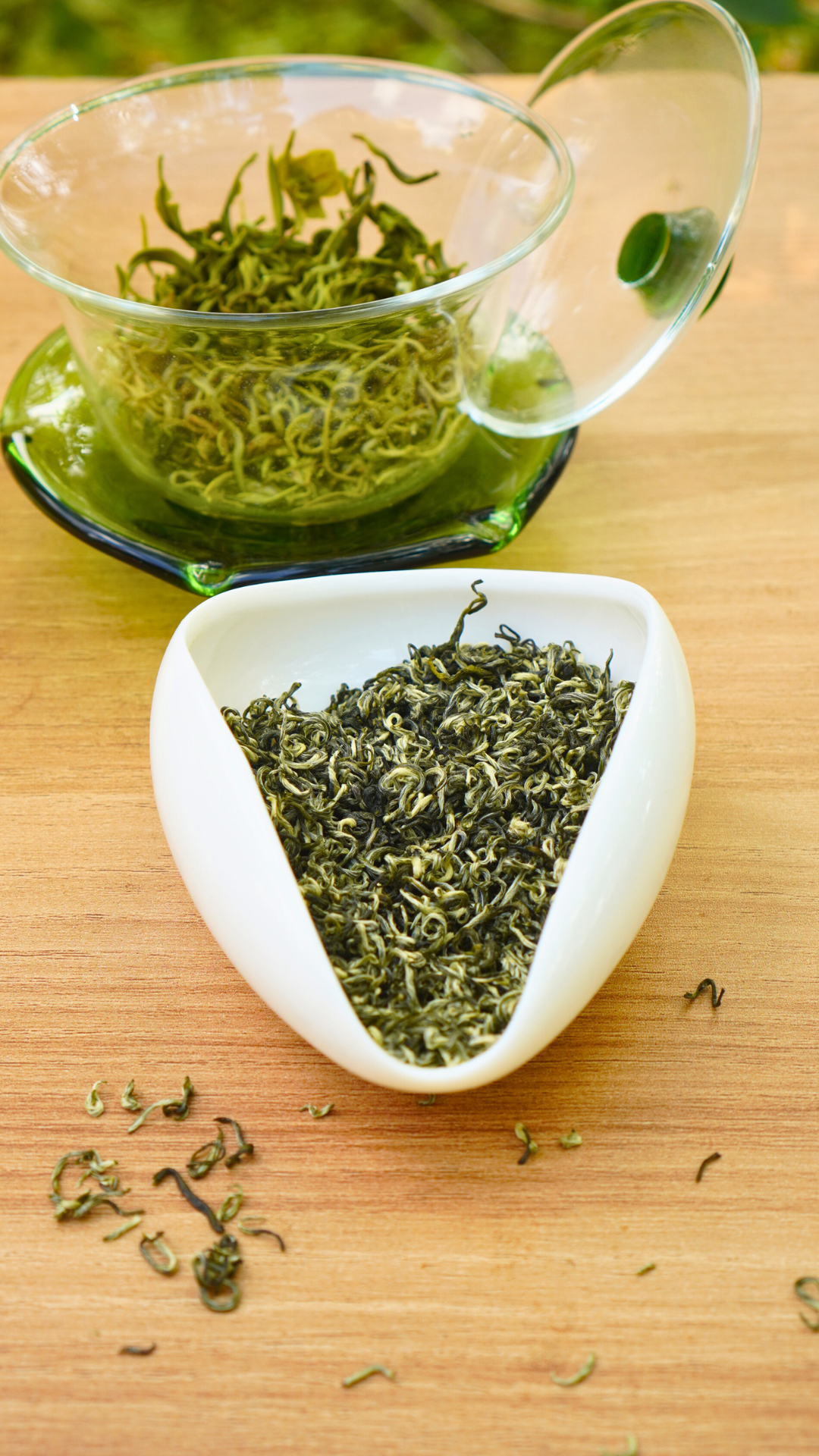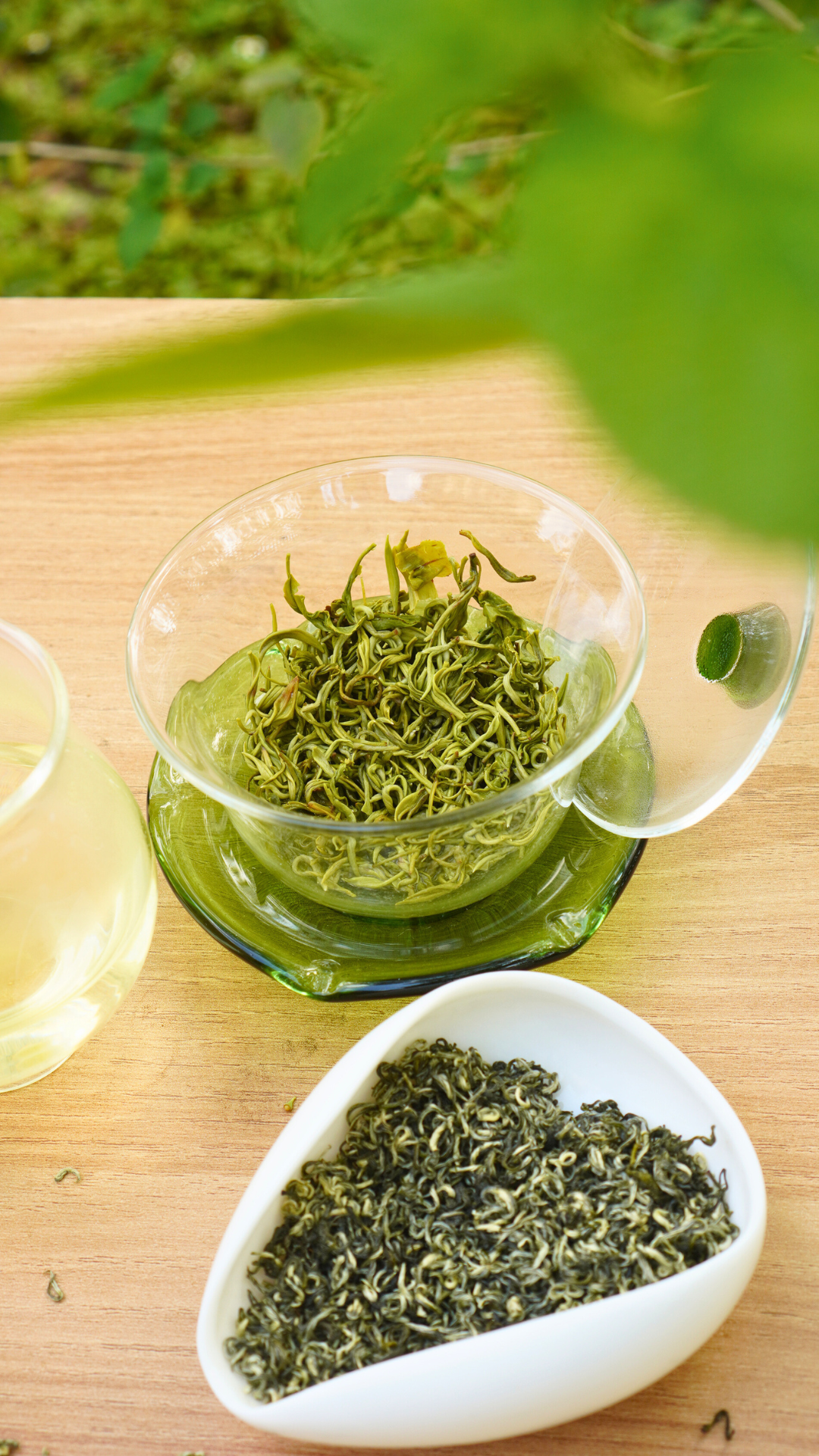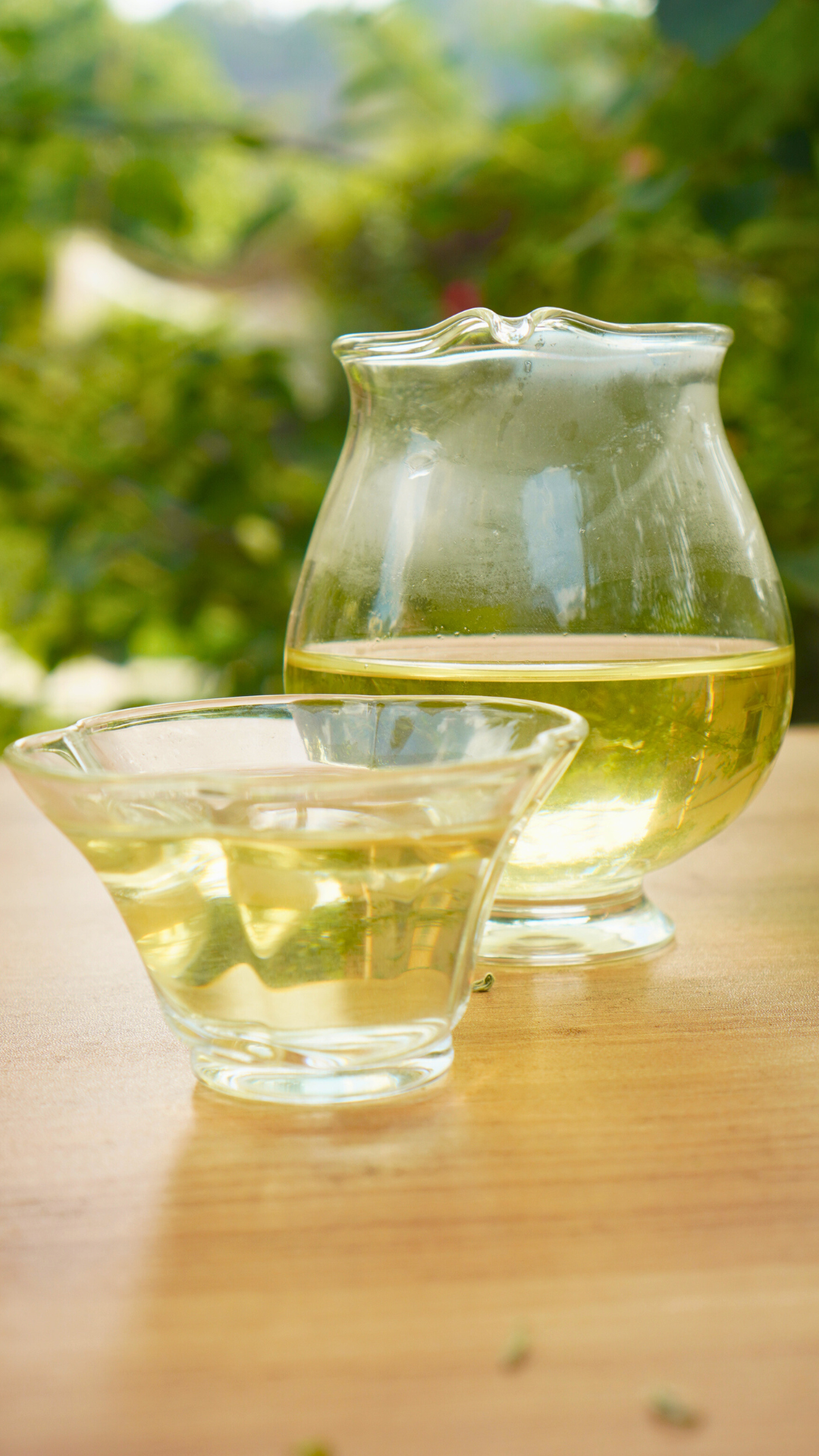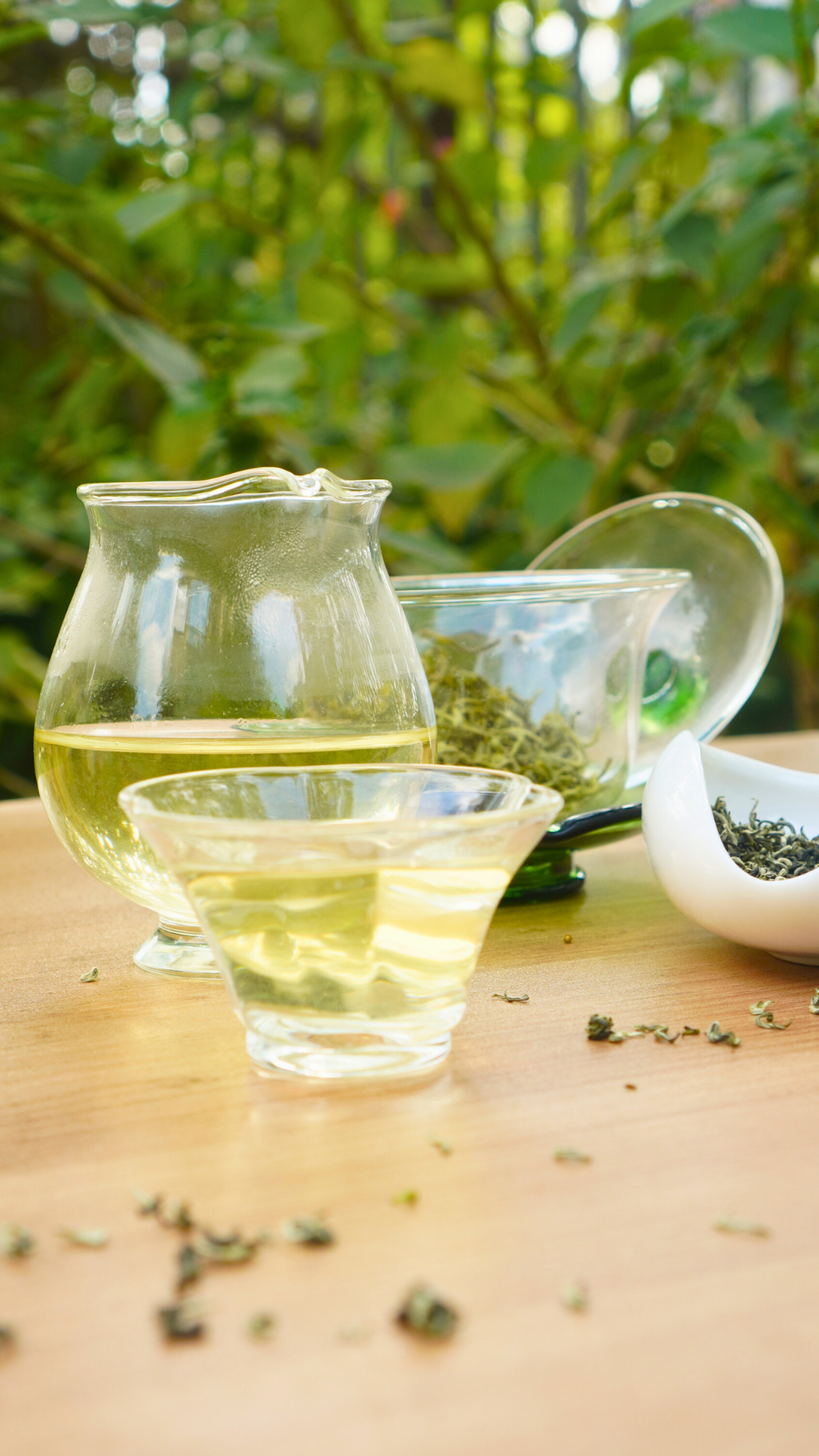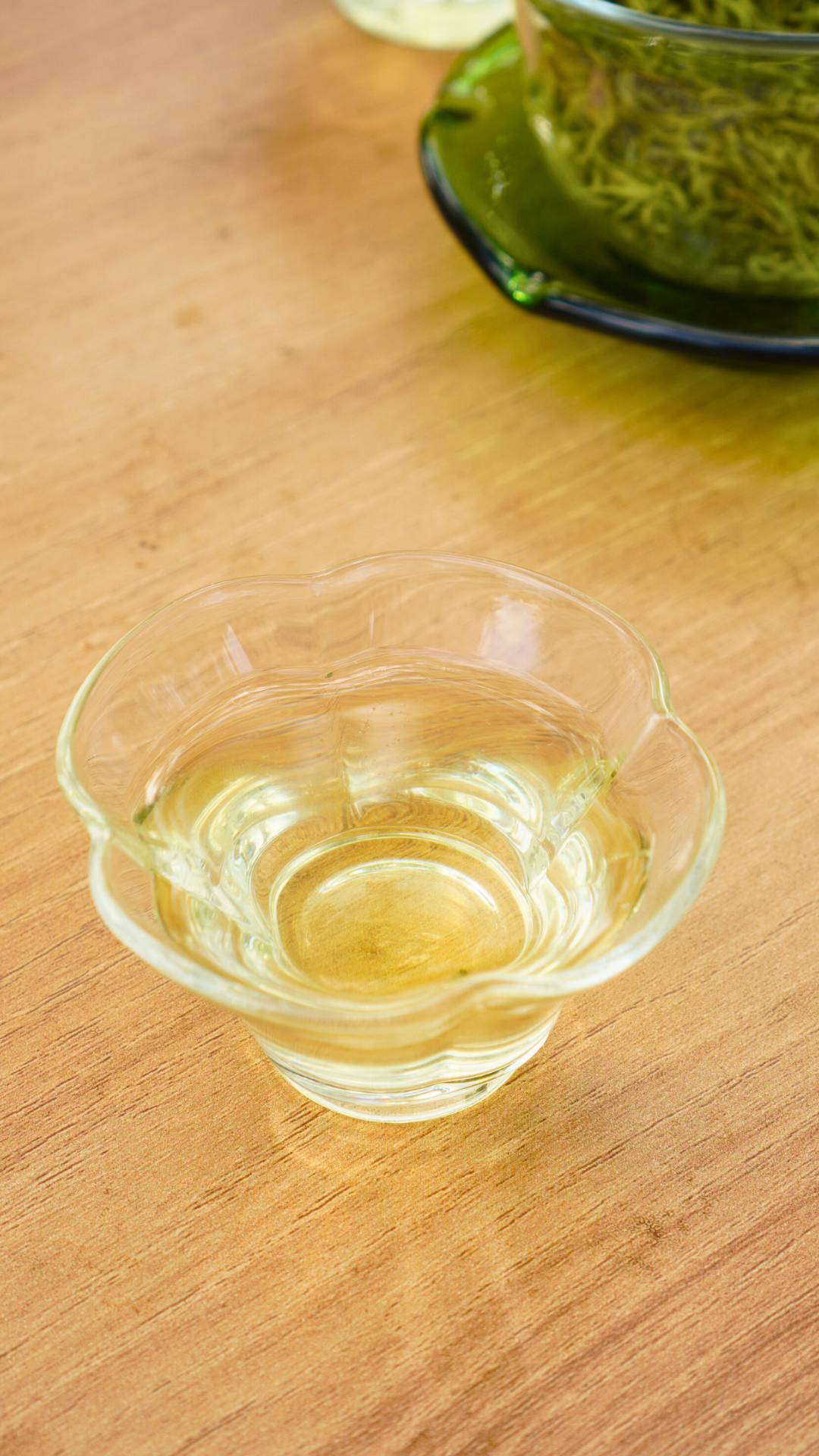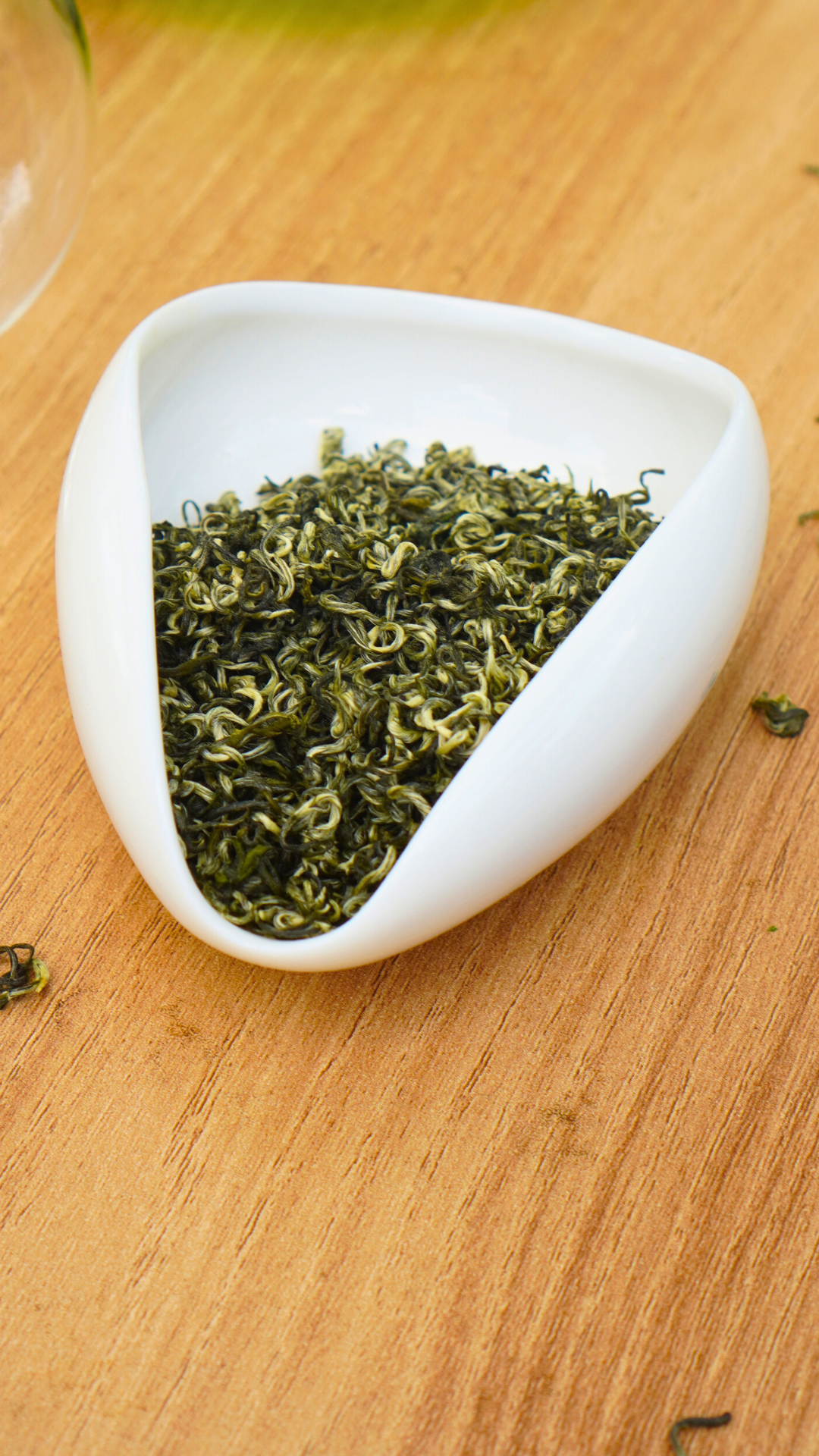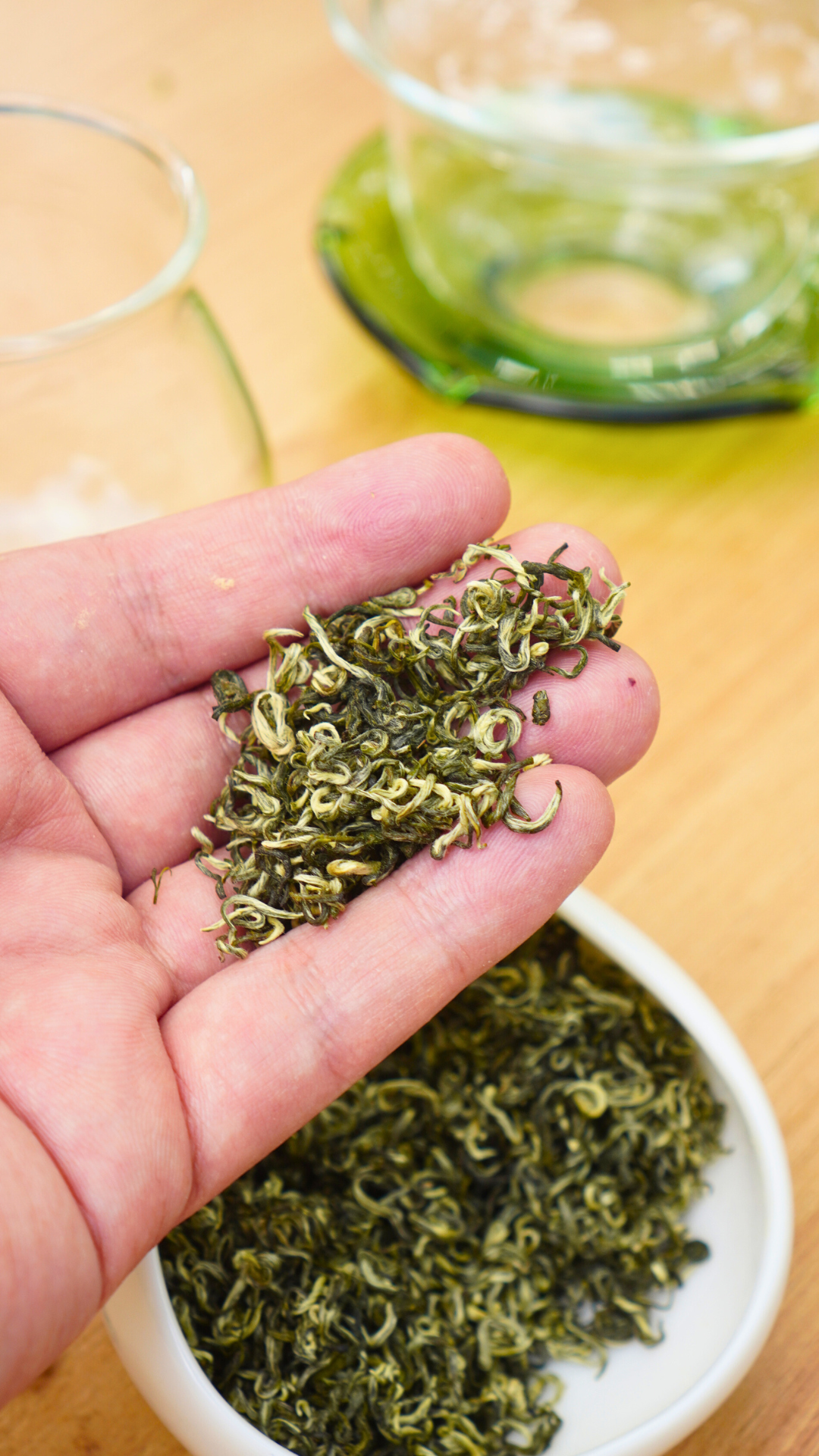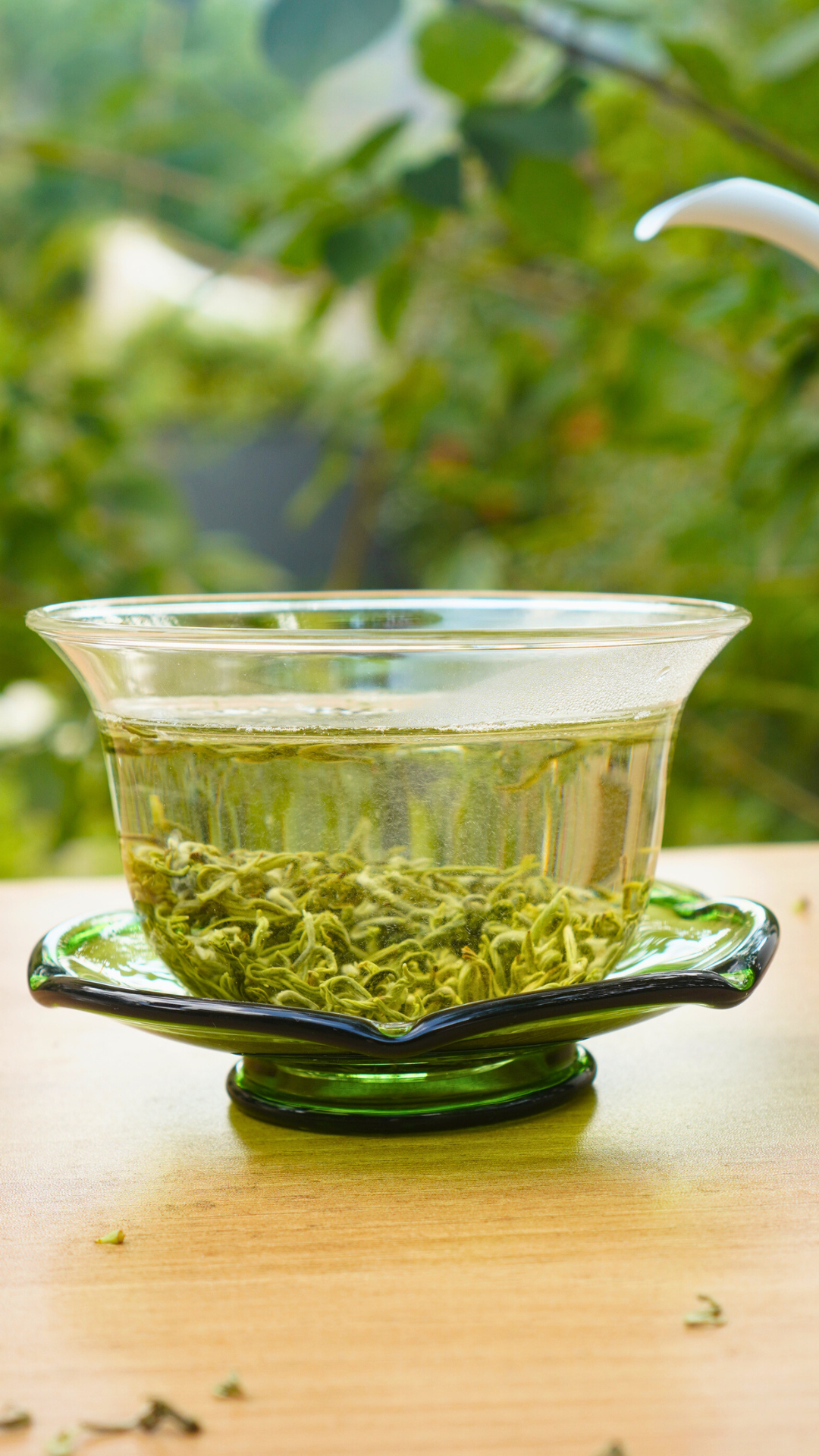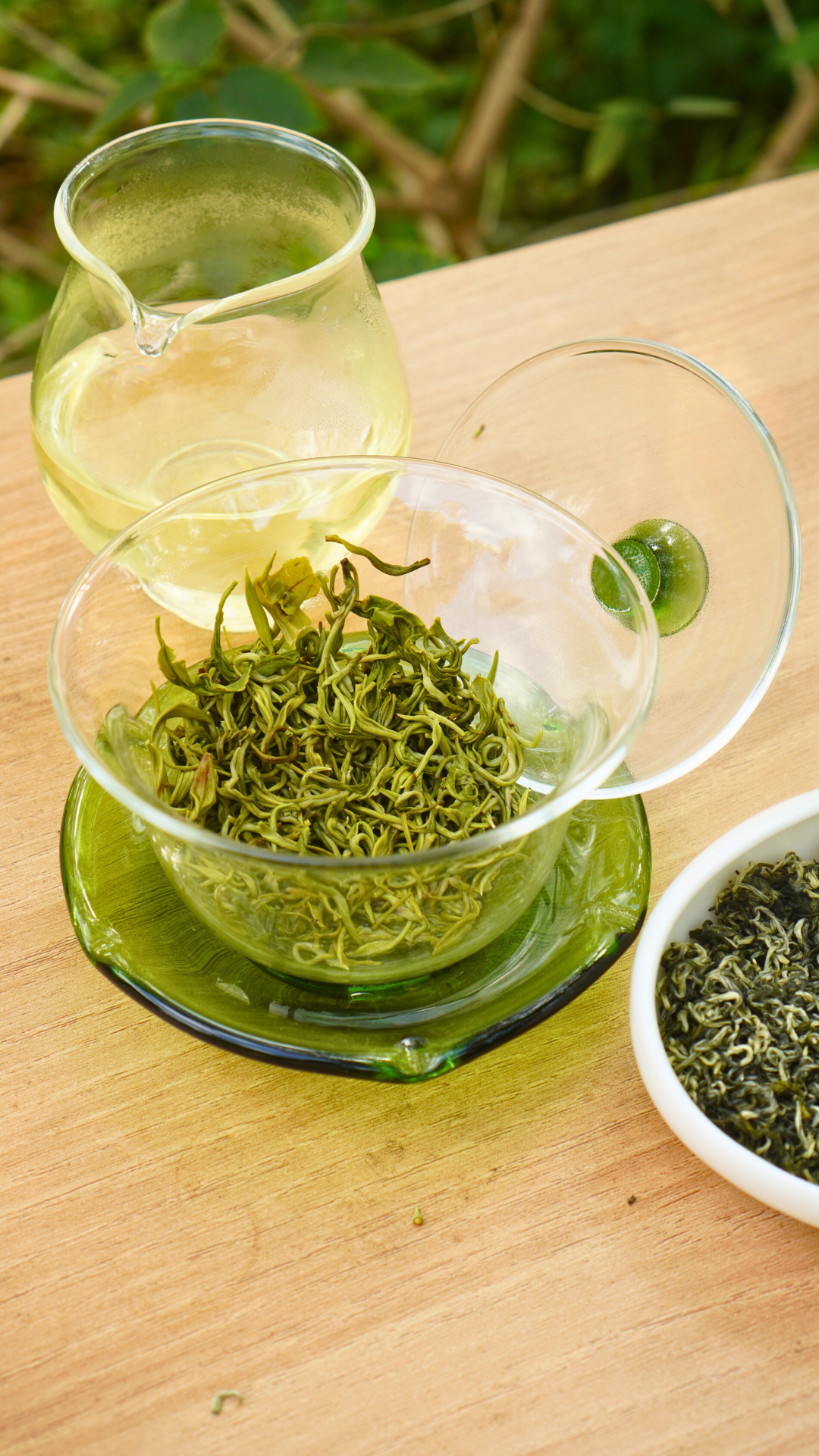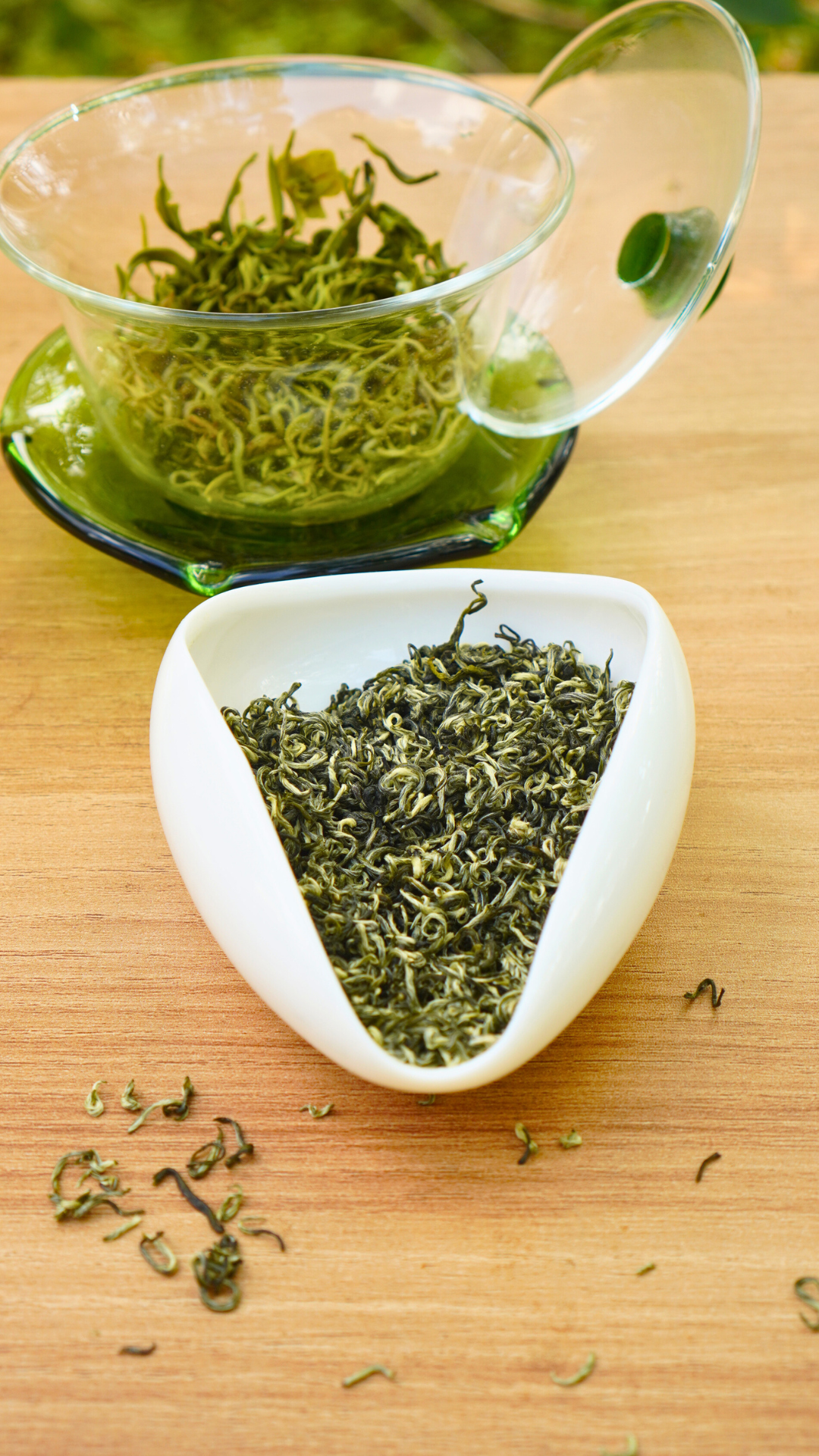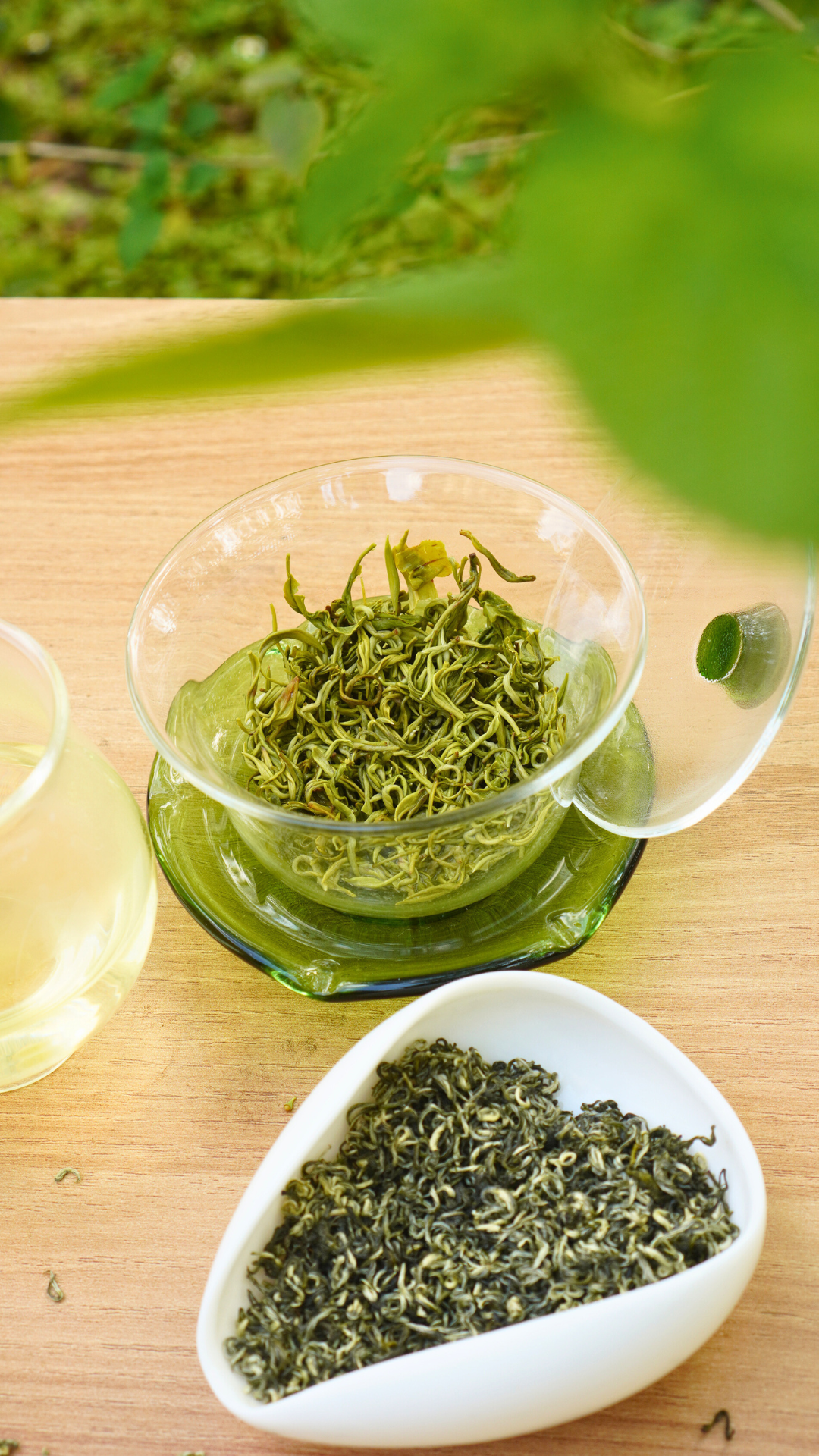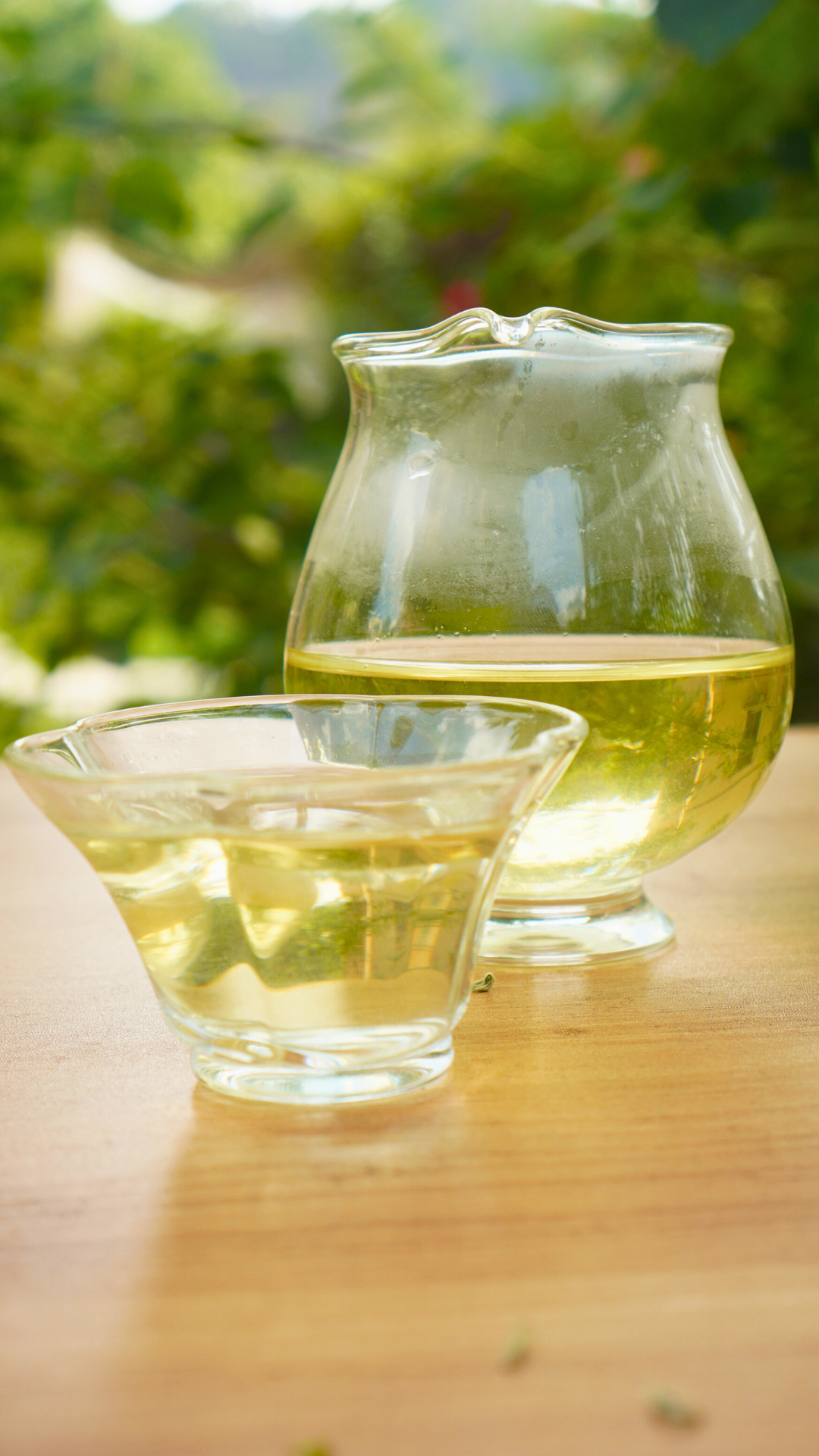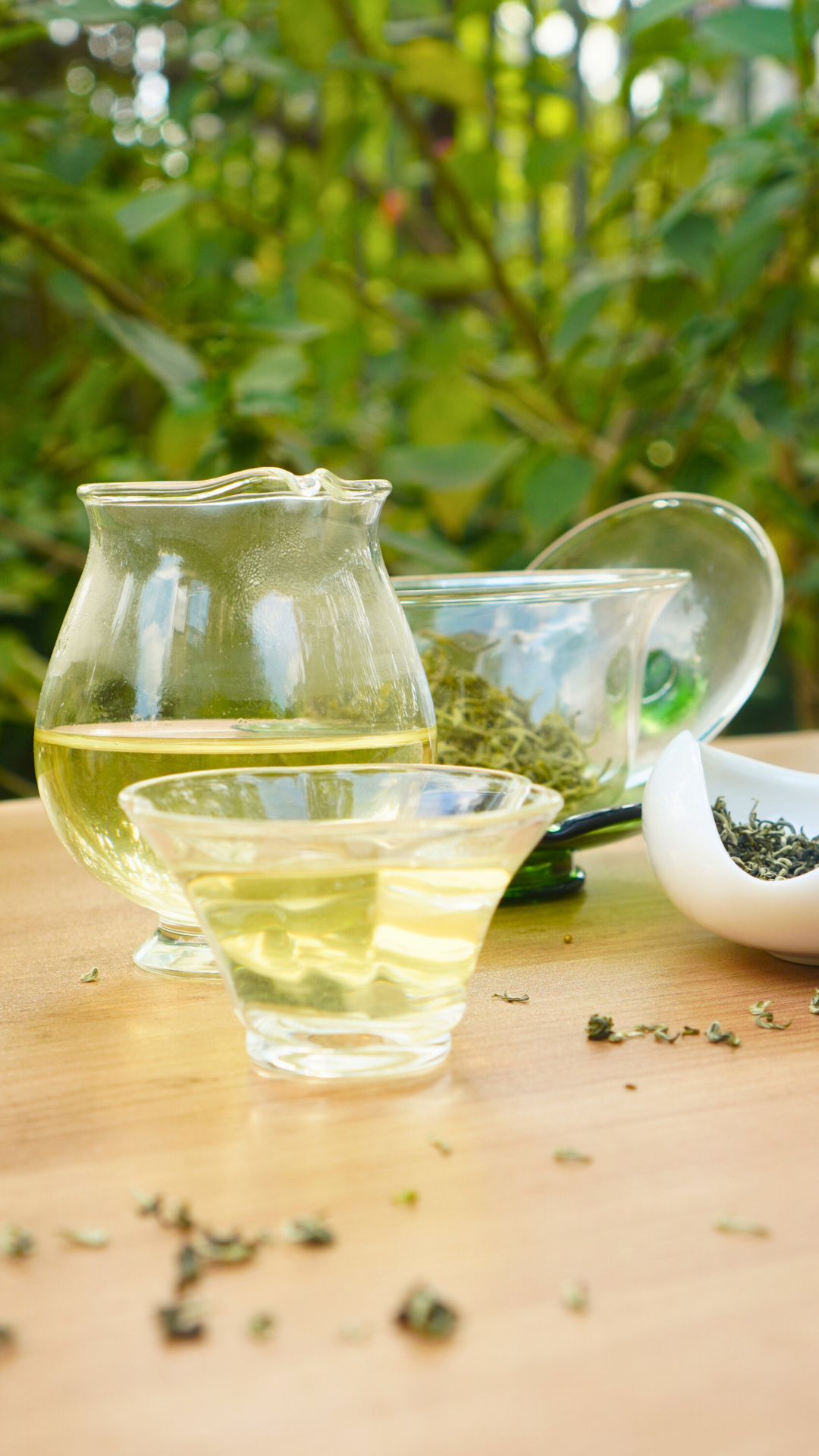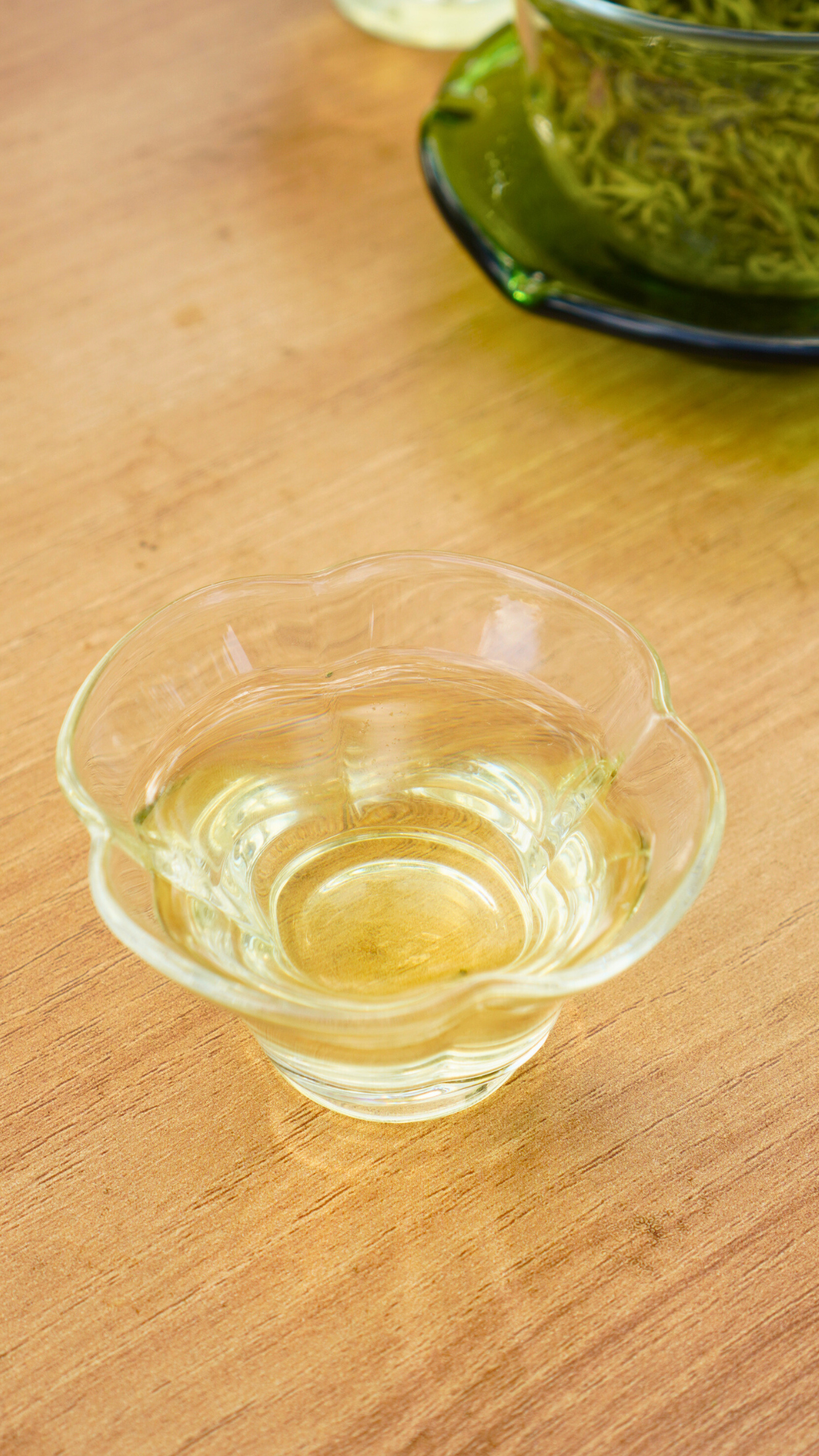Early Spring Bi Luo Chun
Early Spring Bi Luo Chun
头春碧螺春
This premium Bi Luo Chun green tea is meticulously crafted from early spring tender buds, blending 80% delicate bud tips with 20% one bud and one leaf. This harmonious combination preserves the tea's signature freshness while enhancing its depth and infusion resilience.
The dry leaves are slender and vibrant green, adorned with prominent white hairs, exuding a fresh and pleasant aroma. When brewed using the top-putting method, the buds gracefully sink to the bottom of the glass, while the fine hairs dance in the water. The liquor is clear and bright, offering a refreshing taste with a sweet aftertaste that invigorates the senses and leaves the mouth feeling pleasantly moist.
Compared to teas made exclusively from bud tips, this blend offers greater durability across multiple infusions and a richer flavor profile, making it a cost-effective choice for daily enjoyment and an excellent gift for friends and family.
Picking and Processing
Picking and Processing
This premium Bi Luo Chun green tea is crafted from tender buds harvested in early Spring.
Brewing
Brewing
This tea is best brewed with water around 80°C (176°F). The water should be brought to a rolling boil over high heat and then cooled to the desired temperature. Both over-boiled and under-boiled water should be avoided. Water temperature affects the flavor and aroma of the tea by influencing the dissolution of the tea leaves' components. The more tender the leaves, the lower the water temperature should be. Overly hot water can scald the leaves, resulting in a yellow tea soup with a bitter taste. Water that is too cool will result in a weak aroma.
There is no standard amount of tea leaves to use; it depends on the size of the teaware, the type of tea, and personal preference. Generally, when brewing green tea, the ratio of tea to water is approximately 1:50 to 1:60. For 150 ml of water, about 3 grams of tea leaves are typically used. The amount of tea leaves primarily affects the strength of the flavor. Those who prefer a stronger taste can add a bit more, while those who prefer a lighter taste can use less. Experimenting a few times will help you find your preferred tea concentration.
It is best brewed using the "upper infusion" method, where water is poured first, followed by the tea leaves. A glass cup or a white porcelain gaiwan is typically used. A glass cup allows you to observe the tea leaves slowly unfurl, dance, and transform in the water.
Specific instructions:
1. After warming the cup, pour in approximately 150 ml of 80°C (176°F) water, then add 3 grams of tea leaves.
2. The tea buds will slowly descend. Once the dry leaves have absorbed water and begun to unfurl, either hovering and swirling or floating and sinking, creating a unique tea experience, you can begin to drink.
3. When approximately 1/3 of the tea remains, add more water of the appropriate temperature and amount, and continue to enjoy. Three infusions are recommended.
Green Tea Storage
Green Tea Storage
It's recommended to store about 50g of green tea in sealed bags in a cool, dark cabinet or drawer for daily use. If room temperature is high, refrigerate at 0-5°C. Store remaining tea sealed in the freezer. This way, green tea can maintain its flavor for up to 2 years.
First, high temperature is the biggest concern in storage. For tea leaves, especially green tea, temperature is the most crucial factor to monitor. This is mainly because high temperatures accelerate the degradation of chlorophyll in green tea, continuously converting it into pheophytin, causing the color to turn dark brown. Research shows that for every 10°C increase in temperature, the rate of browning accelerates 3-5 times, and tea leaves easily become stale. Additionally, high temperatures intensify the auto-oxidation of tea polyphenols, dramatically reducing their content and thereby decreasing the tea's value.
Second, light exposure is another factor to avoid when storing green tea. Especially during summer and autumn when light is much stronger than in other seasons, improper storage can cause plant pigments and lipids in green tea to undergo chemical reactions, producing various off-flavors and resulting in a sun-damaged taste.
Third, foreign odors must be avoided. Particularly in summer and autumn when temperatures are generally higher, items tend to emit strong odors during storage, and green tea easily absorbs these odors, leading to deterioration. Therefore, isolation from foreign odors is essential during storage.
Finally, oxygen is the root cause of off-flavors in almost all stored items. This is because oxygen can catalyze or play a crucial role in many chemical reactions. Tea polyphenols in green tea are strong antioxidants, making them highly susceptible to oxidation. After oxidation, the brewed tea turns deep yellow and loses its fresh green tea aroma.
Common Storage Methods for Green Tea
1. Plastic Bag and Aluminum Foil Storage Method: Choose food-grade plastic bags with seals, preferably those with high density and good material quality. Avoid using scented or recycled plastic bags. After placing tea in the bag, squeeze out as much air as possible. Using a second plastic bag in reverse direction is even better. Clear plastic bags should avoid sunlight exposure. Aluminum foil bags work on similar principles. Additionally, divide purchased tea into separate sealed bags, store them in the refrigerator, and brew in batches to minimize air exposure after opening, thus slowing quality deterioration.
2. Metal Container Storage Method: Choose iron, stainless steel, or dense tin containers. For new containers or those previously used for other items with residual odors, place some tea powder inside, close the lid, shake in all directions to wipe the inner walls, then discard to remove odors. Double-lidded stainless steel tea containers available in the market are convenient and practical. Using clean, odorless plastic bags inside metal containers with tape-sealed lids is even better. Metal containers with tea should be kept in cool, shaded places away from direct sunlight, odors, moisture, and heat sources. This prevents rust and slows tea aging and deterioration. Tin containers are particularly effective at preventing moisture, oxidation, light exposure, and odor absorption.
3. Low-Temperature Storage Method: Maintain tea storage environment below 5°C using refrigeration or freezer storage. Note that for storage periods under six months, refrigeration at 0-5°C is most economical and effective; for periods over six months, freezer storage (-10 to -18°C) is better. Tea should be properly packaged and completely sealed to prevent odor absorption. When purchasing large quantities, divide into small packages (containers) before refrigeration/freezing, and remove only the amount needed for brewing. Avoid repeatedly freezing and thawing the same package.
- Loose Green Tea
- 500g/pouch
- Free Shipping
Couldn't load pickup availability
